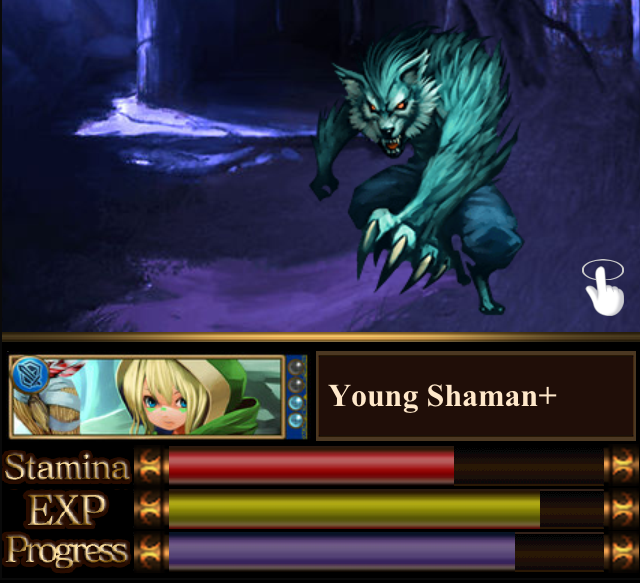Why the amount of content in mobile games is much more important than its quality, using the example of Rage of Bahamut, the editor of Inside Mobile Apps Kathleen De Vere (Kathleen De Vere) argues.
Not all the games that are currently heading the box office tops of Apple and Android markets are, sorry for the tautology, games. Some of them are nothing but entertainment services.
To understand this, it is not necessary to go far. Any cash “buttler” challenges the developers’ idea of a good game. The quality of graphics, not counting art, is terrible, the interface is not intuitive, there is no gameplay as such at all, just know yourself, click on one button.

Pressed – killed, that’s the whole gameplayDespite this, such projects make a lot of money.
In the wake of its popularity, Driland from GREE in Japan earned $26 million a month on IAP. Another significant project – Rage of Bahamut by DeNA – stayed 10 months in the Android box office chart, its ARPDAU (average income per active player per day) was about $1 in the summer of 2012. Card games like Ayakashi Ghost Guild by Zynga or Dark Summoner by ATeam are also very profitable.
These products are so popular and addictive for one simple reason: they sell not gameplay, but continuous service that makes you come back to the game again and again. In fact, games-as-a–service is a huge amount of content, a gaming community united around it and an ongoing struggle for survival in an unfavorable environment.

A sea of events, a sea of contentAt first glance, games as different as League of Legends, Team Fortress 2 and Magic: The Gathering have two common features: each of them is insanely popular and each of them is an ongoing entertainment service.
Rage of Bahamut offers the same thing they offer, but more explicitly.
The real gameplay in them comes down to additional content: free bonuses, daily new levels, joint raids and multiplayer events lasting a limited amount of time. For the players involved, there is always something to do, and “getting on the needle” is quite easy. Only the introduction of service components into an existing game right away can give a big boost in monetization and retention.

And every day something newLast summer, Big Fish Games introduced Daily Mode in Fairway Solitaire: every day the company added two new levels to the game.
One was free, the other was offered as an IAP. On weekends, the paid level could be longer than the free one or give some kind of bonus when passing. If a player passed a certain number of daily levels, additional content was opened to him.
After the introduction of such an essentially endless stream of content, the DAU of the game doubled.
More recently, developers have paid a lot of attention to the introduction of social functions into games, but “battlers” are not popular because they can share points on Twitter or invite friends to play together via Facebook. Games like Fairway Solitaire get users and their money, because users can always find something else to do in them.
The main task when creating a game-as-a-service is not to make the best or most social project, but to create a game where the player will not be able to get bored. This is the secret of the success of Magic: The Gathering, League of Legends and Rage of Bahamut, says Kathleen De Vere.
